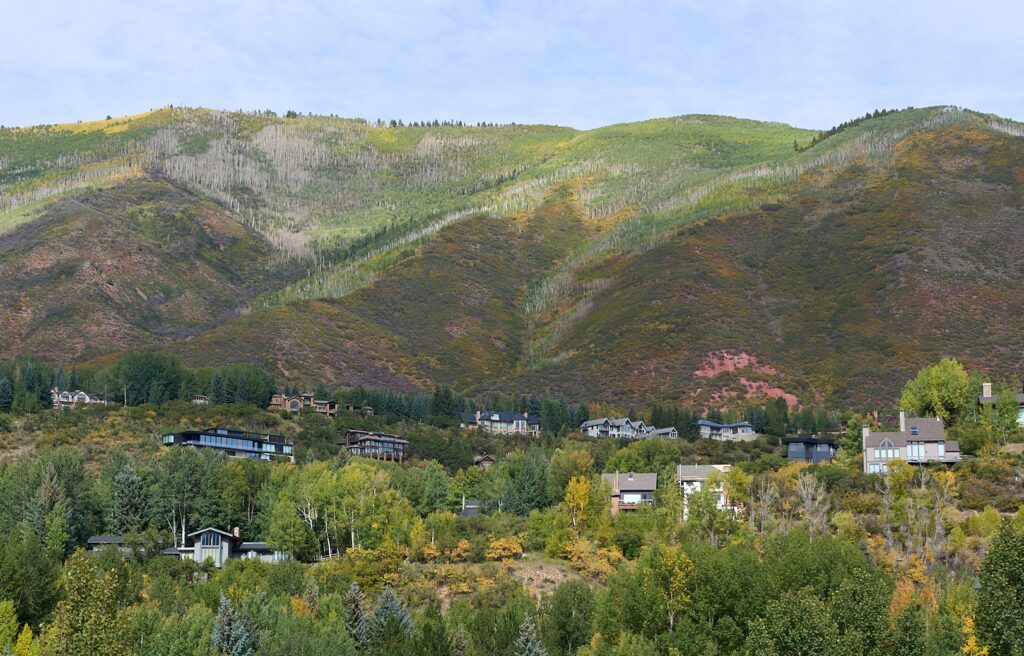Winter Songbird Flocks
ACES Staff
January 4, 2013

Like a famous musician thronged by fans, or the popular kids at school who students gather around, chickadees often form the nucleus of mixed flocks of birds in winter. Among people the advantages are usually obvious: social stature by association, access to the latest gossip, and insulation from shunning or bullying. Popularity brings a wealth of advantages for people, yet what could it do for the little chickadee?
Watch a patch of seed-laden sunflowers in autumn, or a birdfeeder in winter and you’ll often notice that chickadees, both black-capped and mountain species, anchor the crowd of birds. They have a penchant for finding food and announcing the find with repeated “chickadee-dee-dee” calls. They also have an incredible memory, cleared of old information at the beginning of every winter to make room for recalling thousands of hiding places for food in the current winter.
Small wonder that red and white-breasted nuthatches, house and Cassin’s finches, juncos, pine siskins, and many other species like to hang out with the chickadees. Chickadees find and announce food sources, salt the surrounding environment with more seeds than they can possibly retrieve, and they have a warning call other species understand when a pygmy owl or sharp-shinned hawk eyes the winter flock for a meal. The more “dees” strung onto their call, the more urgent the threat.
What do the chickadees have to gain from all the attention, company, and frankly, competition? Safety in numbers may be the best answer. And how do such tiny creatures make it through cold winter nights? Search Cornell Lab of Ornithology at allaboutbirds.org to learn, then watch the chickadees at dusk to find their sleeping quarters. We also encourage you to visit Hallam Lake where our naturalists can introduce you to the winter flocks at our feeders.
~ Tom Cardamone, President and Chief Ecologist
Related Content

RFV Phenology: Green is out, yellow is in! Or is it?
Learn More
ACES // City of Aspen Open Space Birding: Marolt Open Space 9/5/2024
Learn More